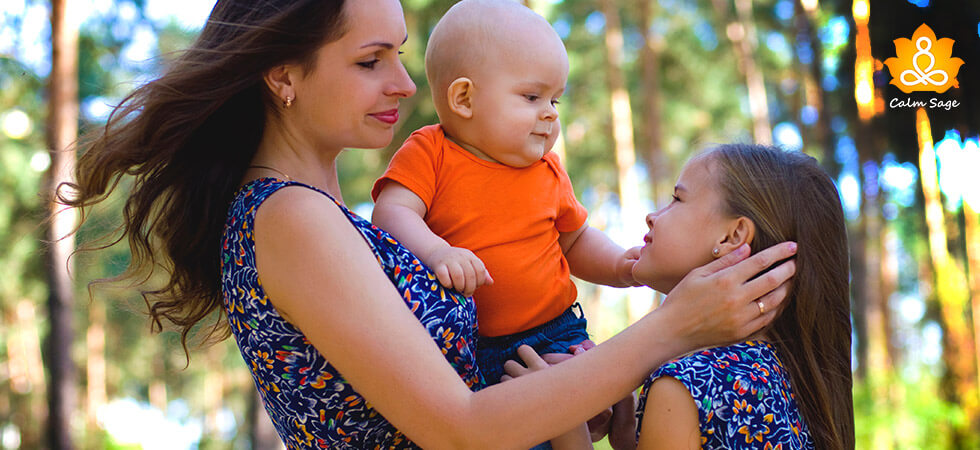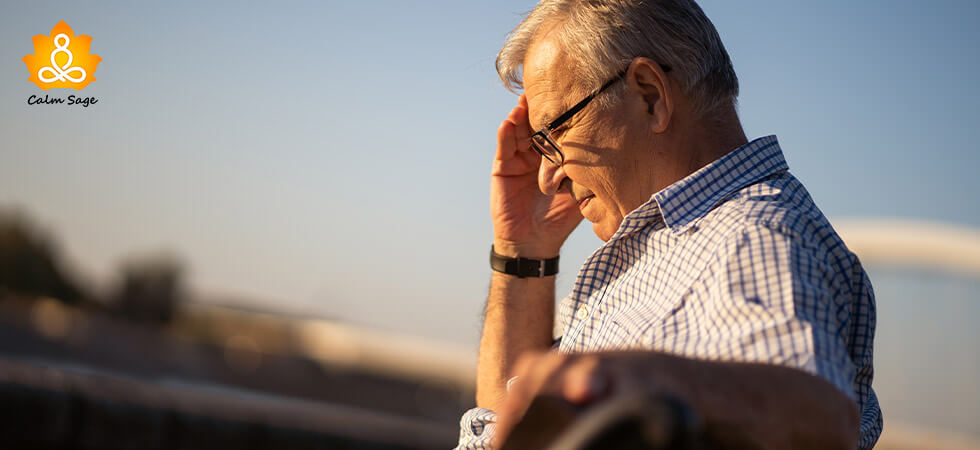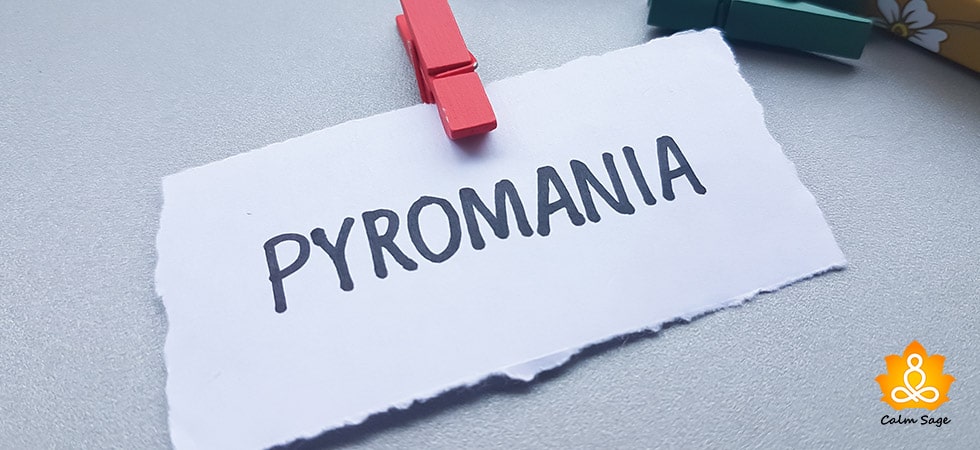What Winnie The Pooh (And Friends) Teach Us About Mental Illnesses
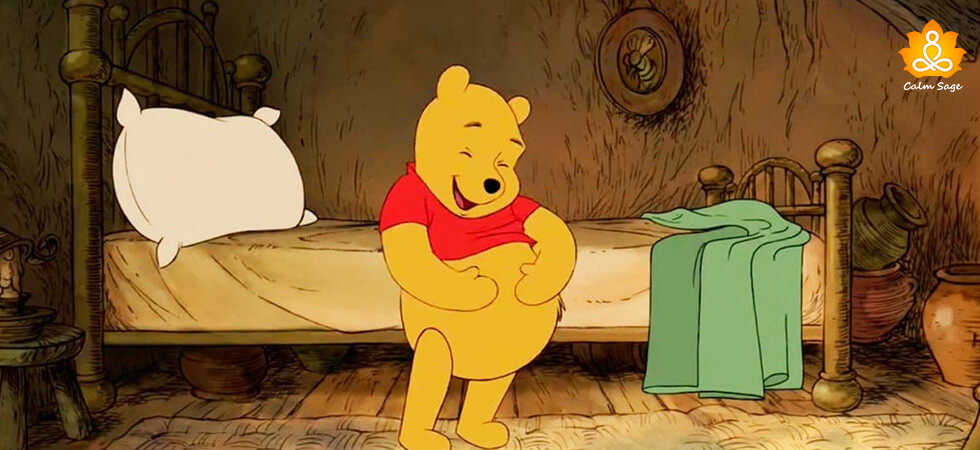
There were so many things that made my (and yours) childhood worth remembering. To me, the things that brought joy in my childhood the most were the cartoons I used to watch and story books I used to read. Some of those that have stuck with me till today include Alice in Wonderland and Winnie The Pooh.
Can You imagine Winnie the Pooh characters have mental illnesses? And if you remember reading or watching Winnie the Pooh (written by A.A. Milne in the 1920s), then you’ll never forget the unforgettable quotes that our favorite pooh bear has given us.
Remember these?
- “A hug is always the right size.” – Winnie the Pooh
- “If you live to be a hundred, I hope I live to be a hundred minus one day so that I never have to live a day without you.” – Winnie the Pooh
- “It never hurts to keep looking for sunshine.” – Eeyore
- “If the string breaks, then we try another piece of string.” – Owl
- “The most wonderful thing about Tiggers is, I’m the only one.” – Tigger
And more! Let me tell you this; Winnie The Pooh and Friends have to be the best first teachers a child can have. Look at the wisdom they’ve imparted to us!
Well, apart from wisdom, there are a lot of things Winnie the Pooh and friends have to teach us and this includes mental health representation. And that’s what we’re exploring in this article.
Let’s take a look at how Winnie the Pooh and mental health disorders are connected.
Winnie The Pooh Characters And Mental Health Disorders
Mental illnesses have been frequently represented in some or other ways in children’s literature and bedtime stories. Of course, they are never that explicit but they are there. Now, it’s not clear whether A.A. Milne intended to do so, yet, the author wrote our favorite characters with something in mind.
Winnie the Pooh and friends have been an integral part of our childhood (one I still care about!), so when rewatching and re-reading this particular piece of literature, I saw many metaphors, personality traits, and even cognitive disorders that every adult can relate to.
Here are some that stood out to me;
1. Winnie The Pooh had mental illness like ADHD And Binge-Eating Disorder
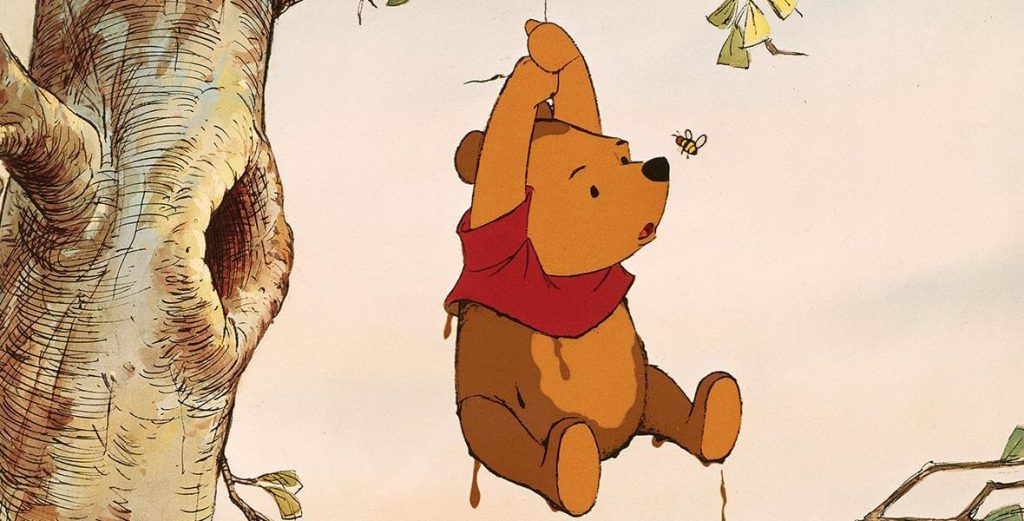
Our favorite Pooh bear represents a variety of mental health disorders, including Attention Deficit Hyperactivity Disorder (ADHD) and Binge-Eating Disorder. His ADHD can be seen in his inattentiveness, disordered thoughts, random comments, and tendency to forget things.
Winnie the Pooh also struggles with self-control and can be seen obsessively finding and consuming honey! Or is it Hunny!?
He also has a habit of acting impulsively without considering the consequences of his actions. Could this also be linked to addictive behaviors? Absolutely. Pooh doesn’t seem to understand when to stop when it comes to honey.
This can also be a link to binge-eating disorder. He is seen as overeating and has trouble suppressing his cravings.
2. Piglet And Their Generalized Anxiety Disorder (GAD)
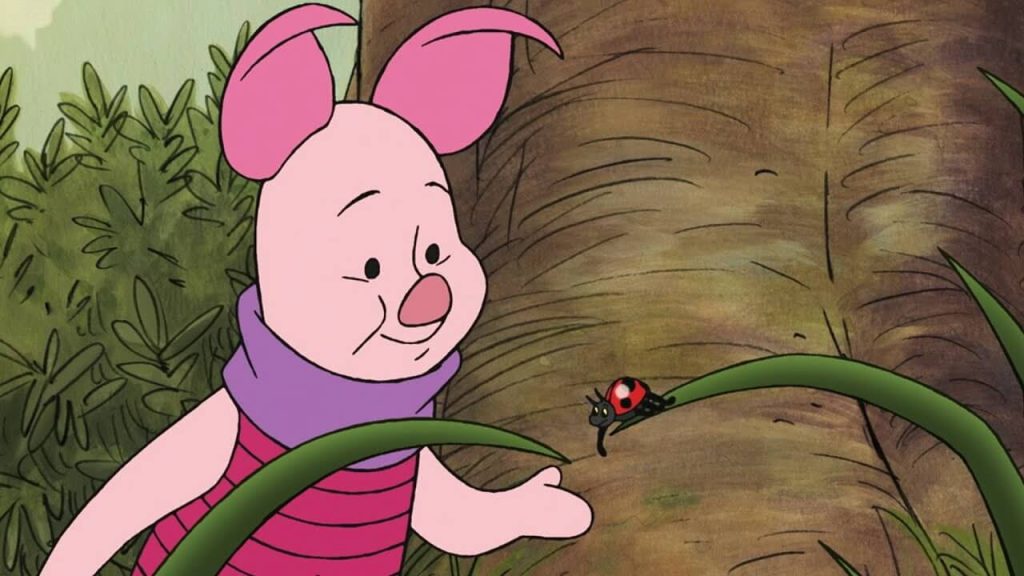
Another Winnie The Pooh Character having a mental illness is Piglet. Piglet is seen to always live in anxiety. And I’m not talking about small episodes of anxiety but constant anxiety. Anything and everything manages to startle Piglet. I guess one of the reasons why Piglet and Pooh are best friends is because they contrast each other. Piglet’s anxiety seems to benefit from Pooh’s calm and scattered behavior.
3. Roo And His Autism Spectrum Disorder
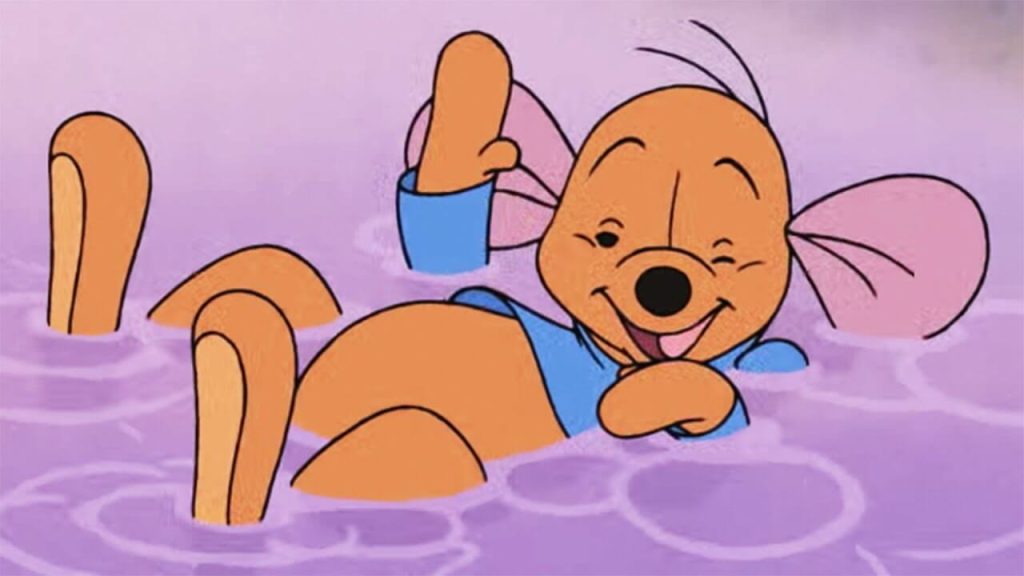
Roo shows signs of autism if you look closely. Despite his mother, Kanga’s advice and warning, Roo frequently falls into danger and fails to notice what is happening around him at all times. He lives in his own world and prefers that way. These all could be signs that Roo is autistic or live somewhere on the autism spectrum disorder.
4. Tigger And His Hyperactivity And Impulsivity
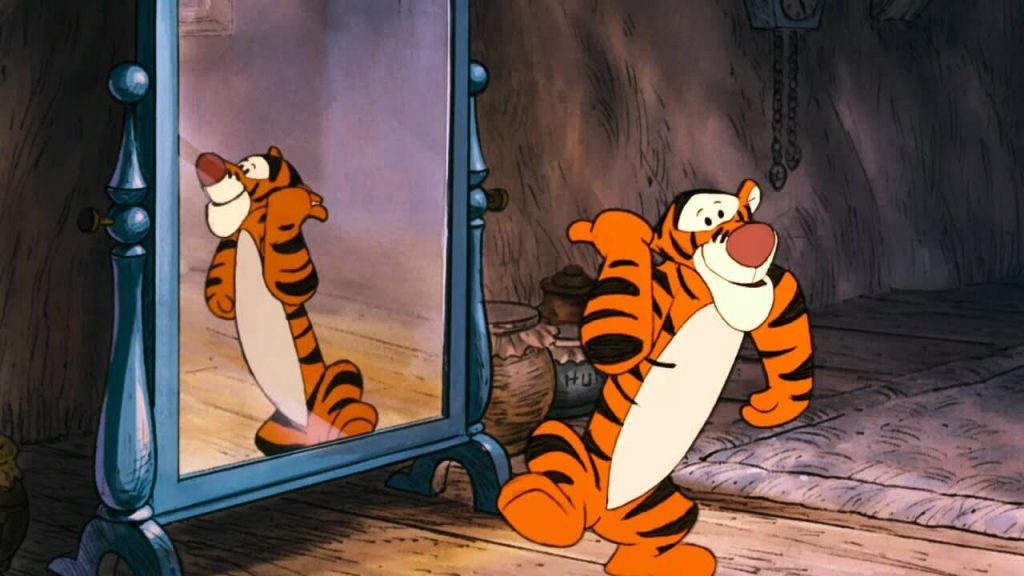
Now, out of all Pooh’s friends, I feel Tigger is the most hyperactive one Winni the pooh character. He can’t seem to stay still for prolonged periods and is prone to sudden outbursts of hyperactivity. Even when he’s resting, he seems to be active. Along with being hyper all the time, Tigger might also struggle with poor impulse control.
Notice how he bounces everywhere, assuming all his friends are interested in what he is? Well, that’s a classic case of impulsivity and hyperactivity right there.
5. Eeyore And His Chronic Dysthymia
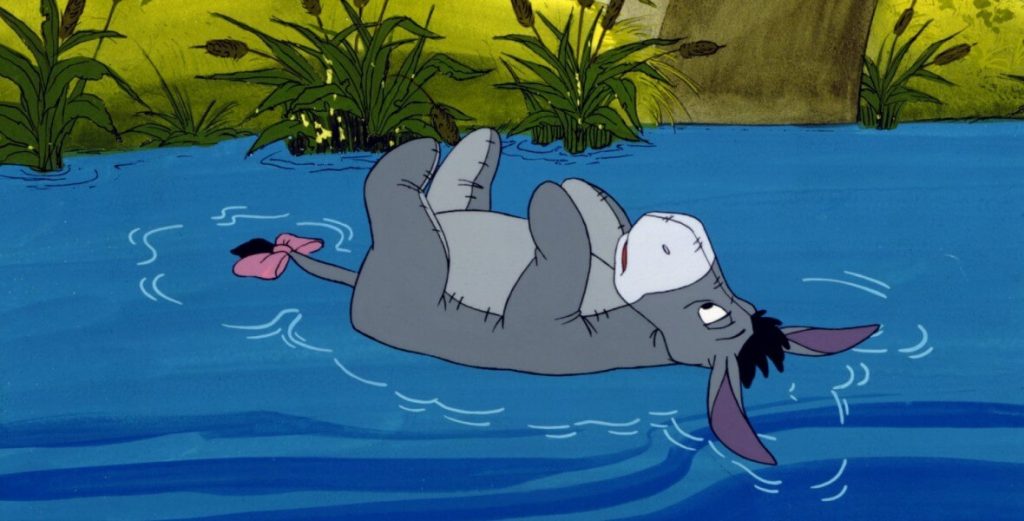
Okay, full disclosure; Eeyore is my favorite character and nothing will change my mind! That said, Eeyore is considered the saddest Winni the pooh character in all the literature. His behavior is a classic representation of severe clinical depression. Or more likely chronic dysthymia. If you’ve noticed, Eeyore’s face is always turned downwards, and talks really slowly.
Even when something good happens, he always manages to put a negative spin on everything. He also represents classic signs of depression such as slowed movements, anhedonia, constant sadness, hopelessness, and lack of energy.
6. Kanga And Her Social Anxiety
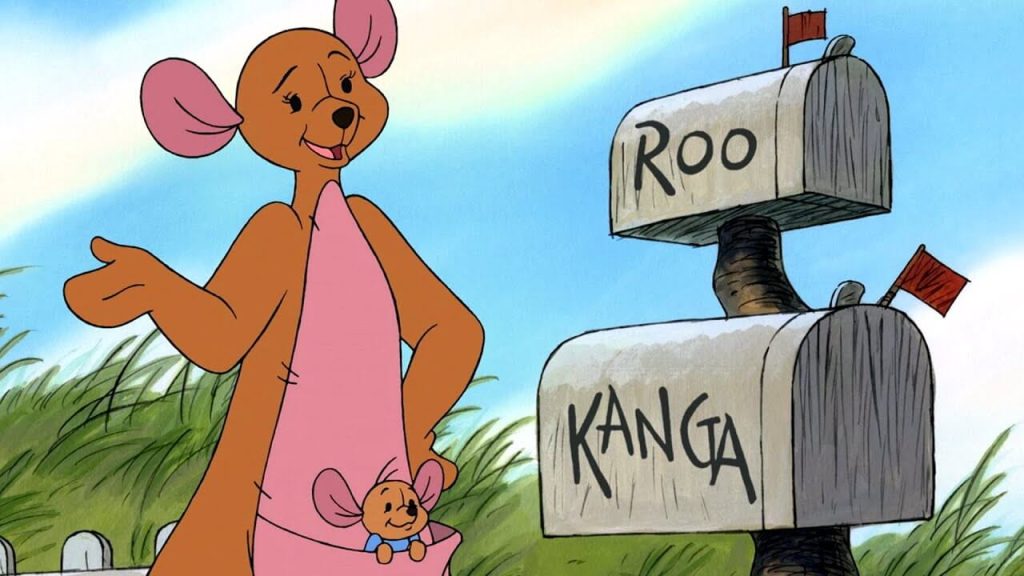
Kanga, Roo’s mother, is a single parent and has all reasons to be anxious when her son fails to regard her warnings and advice. She’s constantly worried about supporting her son without a partner and always keeps her son tucked away in her embrace. Well, that’s her social anxiety showing!
7. Rabbit And His OCD
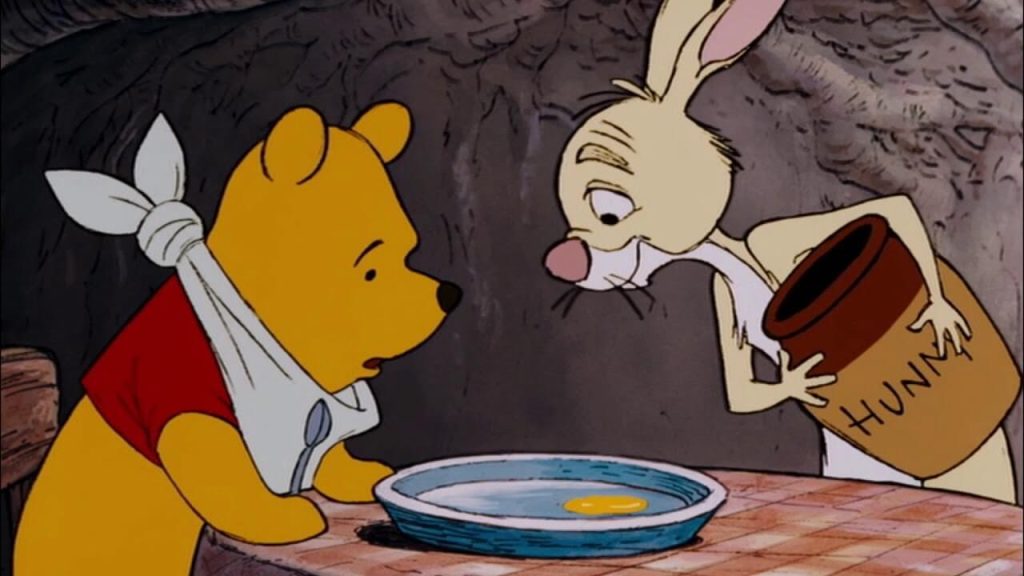
Did you notice that Rabbit tends to keep his things organized? Well, rabbit also had this mental illness that is OCD. his nervous energy is better spent rearranging and recounting everything and everyone in his life. Whenever anything is out of place, you can see the anger Rabbit expresses. If it isn’t a sign of obsessive-compulsive disorder then I don’t know what it is.
8. Christopher Robin And His Schizophrenia
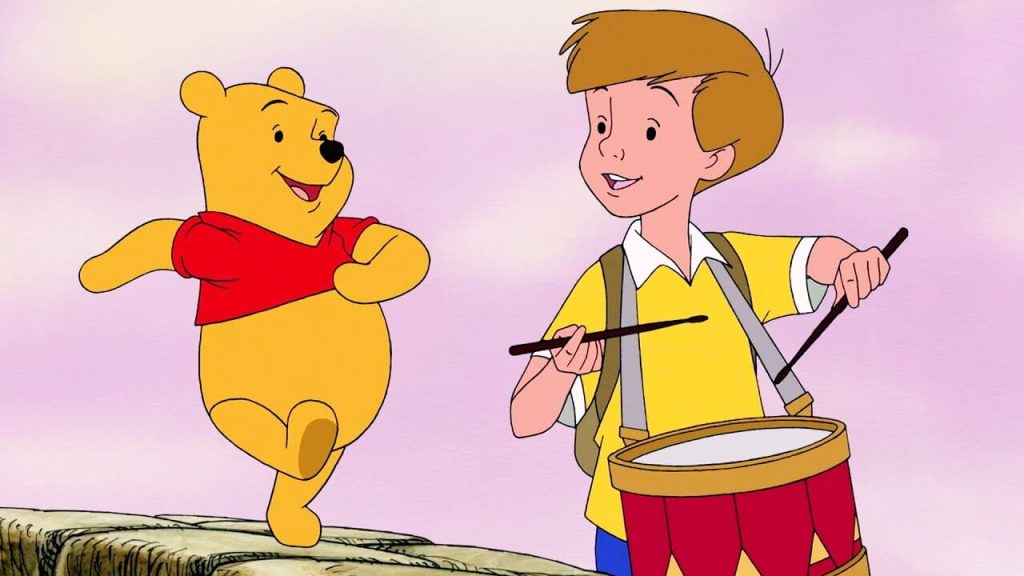
One of the things I’ve read or heard people saying when Winnie the Pooh comes as a discussion topic is how Christopher Robin is the only human in the Hundred Acre Wood. It is speculated that Christopher Robin created the whole world with (and in) his imagination. A simple case of Schizophrenia, isn’t it?
One of the signs of Schizophrenia is having a vivid (almost real-like) imagination. Schizophrenia might not make you see or hear things but can result in a split mind, causing a person to develop a vivid imagination or have imaginary friends, in Christopher’s case.
9. Owl; His Dyslexia And Narcissist Personality Disorder
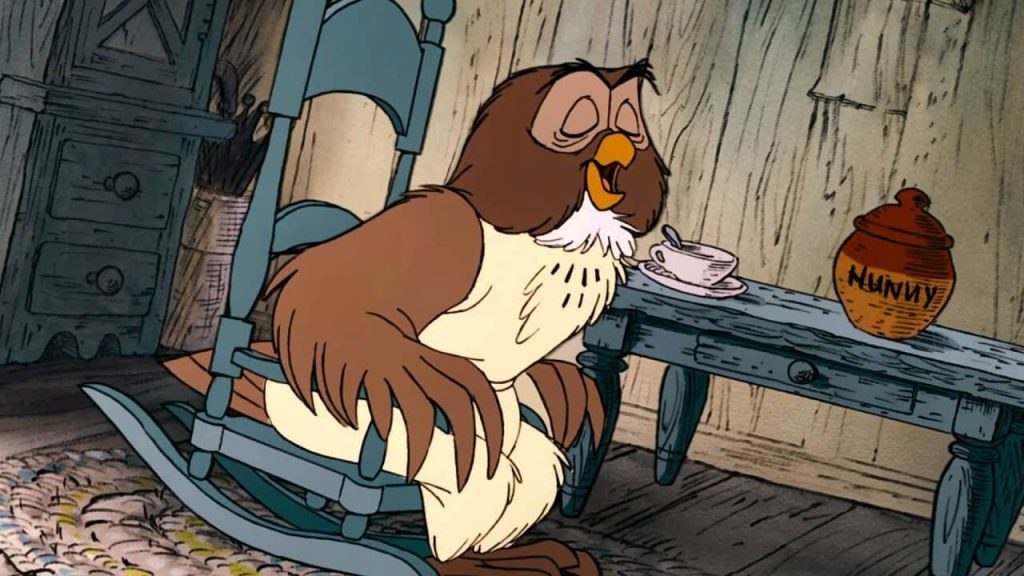
Did you notice that many words in Pooh’s world are misspelled? Or have a reversed letter? Well, this could be a representation of dyslexia as Owl is the only character who can read and write, apart from Christopher.
I guess he’s the only one then to make all these signs in the Hundred Acre Wood. However, this is also a lesson that whether a person (or animal, in our case) has dyslexia does not mean they are not intelligent.
Another disorder I noticed in Owl is narcissism. He considers himself a know-it-all who dresses the part and expects his friends to do the same. He is insecure but never lets his insecurities show on the outside. He is often arrogant and believes that he (well, all owls) is superior to other animals. Narcissistic personality disorder signs, are they not?
10. Piglet And Pooh’s Self-Esteem Issues
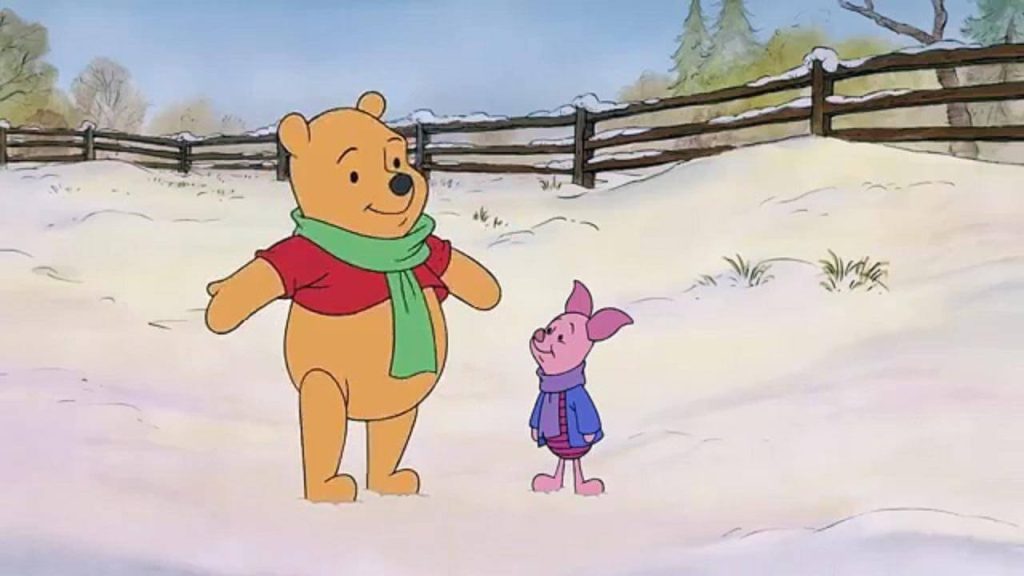
We’ve already seen how Pooh’s calm demeanor contrasts Piglet’s anxiety. As these two are best friends, they are bound to spend time together. Pooh enjoys the attention Piglet gives him and is generally agreeable to joining the former in his impulsive adventures. It could be a representation of low self-esteem.
Winnie Pooh’s impulsivity and insecurity about his body and Piglet’s anxiety could both be signs that they have self-esteem issues and have likely faced some bullying in the past.
Final Thoughts…
Winnie the Pooh and his friends might have made our childhood enjoyable and full of adventures, but there were hidden signs of mental illnesses that they taught us too. I hope This list of Winnie the Pooh and his mental health disorder representation helped you gain a better understanding of mental health conditions and their signs.
Whether we like it or not, cartoons and bedtime stories could be a good start to bring into light mental health awareness, especially to the young ones.
Now that you’re aware of the many mental health disorders that Winnie Pooh and his friends represented, let us know in the comments which character and their mental health condition surprised you the most.
To understand mental health conditions with other favorite childhood characters, click here! You can also share your thoughts with us at info@calmsage.com or DM us on social media.
Do let us know which childhood characters and their mental illnesses would you like to know more about.
Until next time, take care and stay safe!
Next Read:
6 Incredible Mental Health Benefits Of The Sound Of Falling Water
9 Inspirational Stories Of Success After Touching Failure
Understanding Mental Health Disorders Through Childhood Animated Characters






